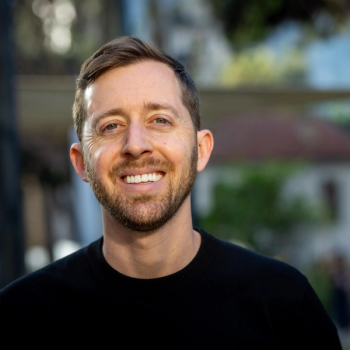
Adoption of the Lower Drug Costs Now Act May Lead to Billions in Savings
A new study from Milliman investigated the potential financial impact if H.R.3, the Elijah E. Cummings Lower Drug Costs Now Act, was fully implemented.
H.R.3, the Elijah E. Cummings Lower Drug Costs Now Act would improve efficiency and produce billions in savings for the commercial health care market’s
Among its goals, the act’s provisions seek to reduce prescription drug costs, increase drug price transparency, lower member out-of-pocket spending, and increase potential coverage eligibility. Costs for the most expensive brand drugs in the United States would be negotiated between the manufacturers and the HHS secretary. Significant drug cost increases over the rate of inflation would need to be issued back as rebates to CMS.
To predict the effects of such reforms, the Milliman study sought quantitative estimates for the scope of these changes. Milliman’s models incorporated several variables, including current trends and projected spending based on different percentage adjustments to drug prices, rebates, and public vs private cost rates from 2023 through 2029.
The study estimates 46% of drug spending would be subject to negotiation under the legislation’s Title I by 2026, with an average 2.5% reduction in total commercial market claims by 2029.Overall, successful implementation of H.R. 3 means employers may reduce their health care expenditures by $195 billion while employees would save $61 billion. Of this latter amount, reduced premiums would account for $53 billion and out-of-pocket costs, $8 billion.
Overall, the market covered by the Affordable Care Act (ACA) could see savings of $58 billion, comprising $34 billon in reduced beneficiary premiums, $21 billion in federal savings by reduced Advance-Premium Tax Credits, and $2 billion in lower cost-sharing.
The estimates assume manufacturers could make such increases to the prices at a faster rate than the current yearly trends. This possibility still leads to stronger total savings via H.R. 3’s Title I. The study does not factor in further limitations on increases by plan sponsors and pharmacy benefit managers, which could improve savings for employers and employees, because it mainly applies to Medicare.
Under the most conservative pricing model—where manufacturers hypothetically increase supply costs to unprecedented highs to minimize revenue loses—$250 billion in lower costs are still passed on to employers and employees.
Additionally, the study notes that although end consumers are generally responsible for most of their plan premiums, and thus would get most of the savings, the federal government also would save on the significant portion it pays toward member premiums in the individual marketplaces.
To conduct the study, Milliman used data available on enrollees in commercial groups and ACA plans collected on its proprietary Consolidated Health Sources Database (CHSD). Price adjustments were calculated across the 125 most expensive drugs in the Medicare Part D market and all markets.
Milliman emphasized that expected models used in the preparation of the study were applied consistently with their intended use, but will vary in reality. In addition, a limited review of the data used in the CHSD did not find any material defects. The possibility the underlying data collected may be incomplete would only be detected through an audit, which was beyond the scope of the study.
Milliman also did not endorse any specific policy proposals discussed in their analysis. Furthermore, the report note none of the projections in the report can account for the potential impacts that the ongoing COVID-19 pandemic will have on commercial health care expenditures within the years included in the report.
The findings nevertheless give further context that members of the health care field can utilize when planning should H.R. 3 be implemented nationwide.
Reference
Cooper J, Hayes M, Alcocer P. Impact of H.R. 3 fair drug price negotiation and inflation rebates on key stakeholders in the commercial health insurance market. West Health Policy Center. Published April 2021. Accessed June 8, 2021. https://www.westhealth.org/wp-content/uploads/2021/05/HR3ANALYSISCOMMERICALMARKET.pdf
Newsletter
Stay ahead of policy, cost, and value—subscribe to AJMC for expert insights at the intersection of clinical care and health economics.








































